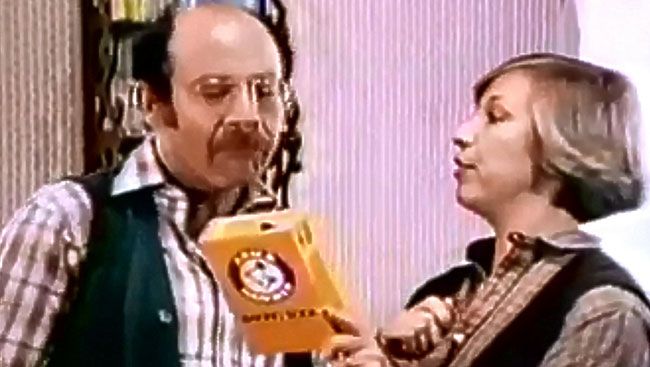How to create effective advertising

How’s that for a headline? Do you think I’ve given myself an impossibly daunting challenge? If only advertising could be reduced to a simple formula. Then there would never be any ineffective ads, much less bad ones. And a degree in math or engineering would probably be more important than one in English or graphic arts or even marketing.
But it is useful to consider why some really obnoxious ads are effective and some really creative ones are not. Let’s start with some negative examples.
What is the most annoying ad you’ve ever seen or heard?
One of my colleagues would nominate any of the commercials from American Freight. You know the ones – where the voiceover announcer appears to be shouting at the top of his lungs to tell you the latest amazing prices on furniture. For years, American Freight has been running the same type of TV commercials in every market they have stores. Consumers hate them. The company’s online reviews and ratings are embarrassing. And yet the company continues to run the same commercials. Either the ads are working or the company is insanely running up the biggest tax write-offs in American business history. While it is clear that a certain segment of the population wouldn’t shop at American Freight if their lives depended on it, it is equally obvious that there is a substantial group of people who respond to this messaging.
When good ads go bad
It’s a little harder to remember creative advertising that failed, for somewhat obvious reasons. But consider this. Do you remember the Taco Bell Chihuahua (“Yo quiero Taco Bell”)? I thought it was a great campaign. What do I know? Sales dropped six percent and the CEO got fired.
The science and the art of advertising
At the risk of playing the role of Captain Obvious, developing successful advertising is both an art and a science and there are numerous variables in play. It starts with a deep understanding of one’s target audience and what motivates one’s primary customers during the decision making process. In-depth knowledge of the marketing environment is essential as well. These more empirical considerations can and should drive insights that can be the foundation for an effective advertising campaign.
That’s also where it starts getting tricky. We can have access to all the background and knowledge we could ever need, but how can we translate that to the creativity necessary to enable our core messages to stand out amid the competitive clutter? This is where subjectivity comes into play – as well as an element of trial and error.
Sex sells and greed compels but there are other approaches.
There are probably a dozen or more techniques to deliver marketing messages including greed, patriotism, association, fear and sex. But I would submit many of these can be distilled to three basics: humor, insight and emotion.
Humor is by far the most common of these techniques. One need look no further for evidence than the annual Super Bowl best commercials voting. But humor is inherently one of the most challenging techniques because everyone’s idea of what’s funny is different. Some people think the Old Spice commercials are a riot. While I presume I fit their target audience in some way (I do buy deodorant on occasion), I have never completely understood the humor behind the campaigns Old Spice has produced in recent years.
Another danger in using humor is that consumers may remember the commercial’s punch line, but not the advertiser, much less the message.
Insights are a powerful tool as well.
An example of the power of insights would be that moment when the consumer is introduced to a new idea or revelation. I remember years ago when Arm & Hammer first suggested that baking soda wasn’t just for cooking anymore. It was also a great product for absorbing unwanted odors in the refrigerator and other household uses. And I am quite sure Arm & Hammer ultimately sold millions of boxes more as a result of that insight than they would have by simply promoting the product’s traditional culinary application.
To me, the most powerful technique is when an advertiser can make an emotional connection with its target audience. Inc magazine invoked the words of Maya Angelou to make this point, “People will forget what you said, people forget what you did, but people will remember how you made them feel.” Like humor, successfully tapping into human feelings can be tricky, but executed properly; it can connect the advertiser with its target audience more profoundly than any other approach.
So now you possess the secrets to advertising success. Use this knowledge wisely, grasshopper.